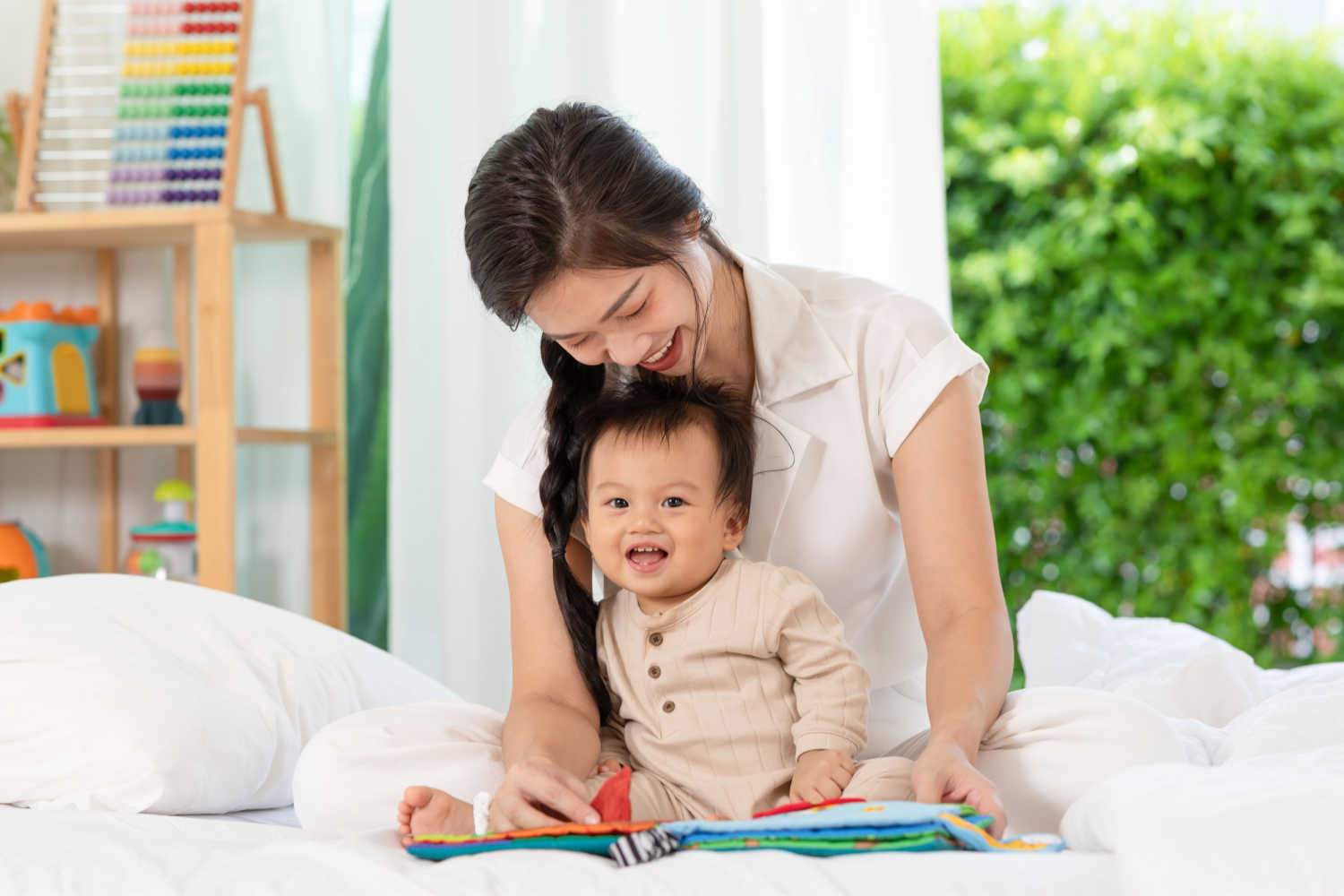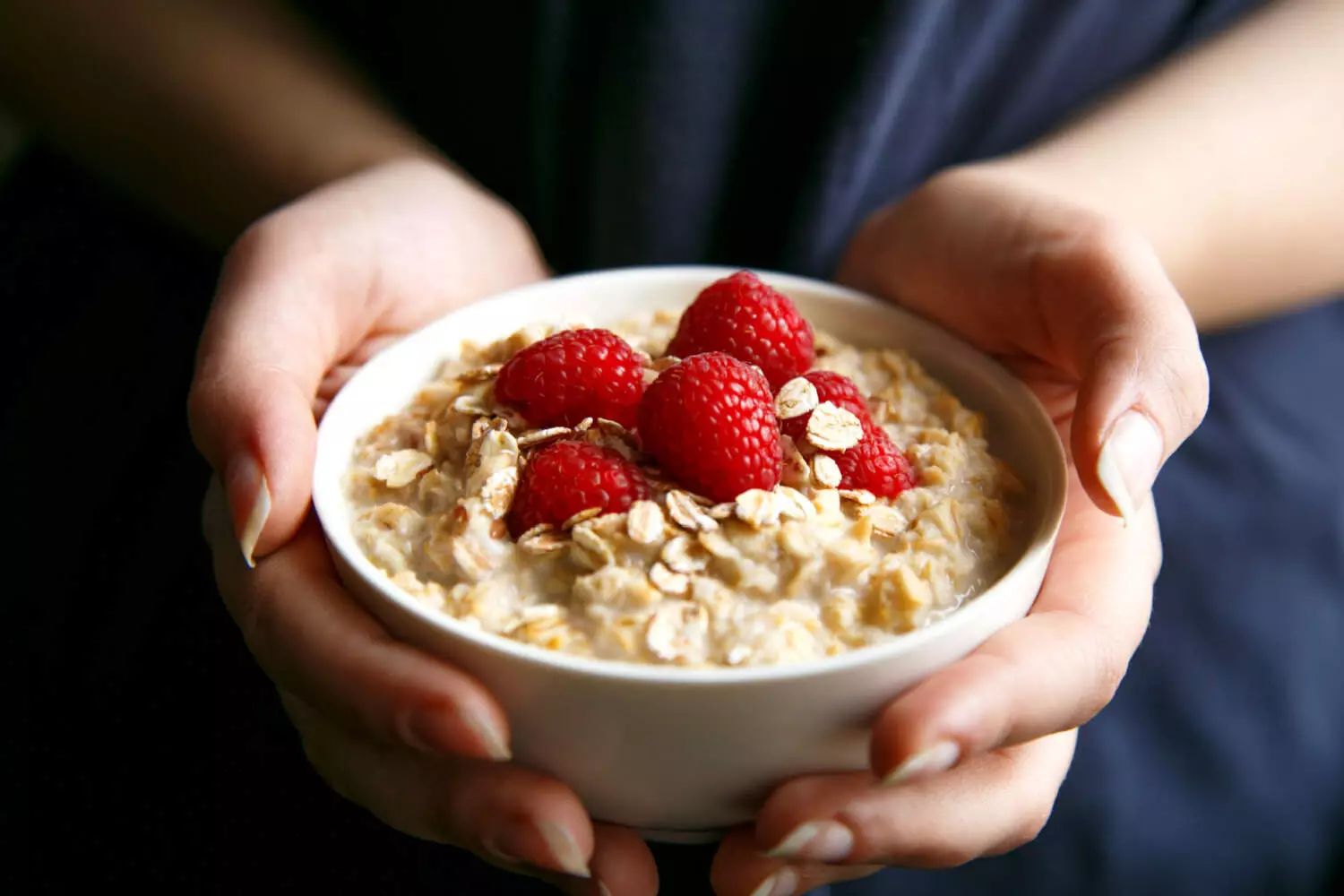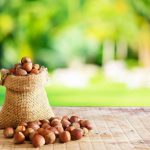
Traditional Indian Postpartum Care
8 min readWritten by Editorial Team


While holding your little bundle of joy in your arms, it is true that you forget all about your tiresome and emotionally strained pregnancy period. But don’t let the attitude of vigilance you exhibit regarding your health during pregnancy fade away. You need to continue looking after yourself. Here is the traditional Indian postpartum care, to make you feel all charged up.
This postpartum period usually continues for six to eight weeks from the day of your delivery. And this, Indian postpartum care systems place a great emphasis on encouraging fast healing, boosting immunity, and improving milk production.
In This Article
- Why is Postpartum Care Important?
- Indian Postpartum Care Methods
- Major Aspects of Indian Postpartum Care
- Indian Style of Postpartum Care
- FAQ’s
Why is Postpartum Care Important?
You need to take special care of your body after giving birth to regain energy and strength. After pregnancy and delivery, you will change both physically and emotionally. Lots of things like lack of sleep, anxiety over the baby’s health, hormonal changes, vaginal discharge, cramps, etc. may affect you during this period.
Indian Postpartum Care Methods
According to the Indian culture, much prominence is given to the postpartum period. Almost all Indian traditions encourage pregnant women to live with their mothers during delivery and the postpartum period. This is to ensure that she is getting proper rest and rebuilding her energy and health. Coping up with the new physical situation(s) and taking care of the baby will be easier for a mother if she is in a mentally comfortable zone.
Though India has various cultures, the basics of all the postpartum care systems in different Indian cultures are the same. Only the constituents change according to climate and customs.
Major Aspects of Indian Postpartum Care

The basics of postpartum care are:
1. Confinement Period in Postpartum Period
Forty days of the rest period of the mother after delivery is known as the ‘confinement period’ during postpartum. Few restrictions are also induced during this period for the mother and infant. Please go through our article ‘Your 40 Days Confinement’ Period After Delivery’ by clicking here.
2. Postnatal Massage After Delivery
This is the full-body oil massage given to the mother after delivery. This will help in strengthening the new mother’s body. Massages are restricted to the back, limbs, and shoulders in case the mother underwent a C-section. Read more about postnatal massages here.
3. Bathing Method
Hot water bathing is practiced during the postpartum period. Usually, soaps are not used to wash away the oil. Instead, powdered moong dal or chickpeas are used.
4. Belly Binding
This is another important practice during the postpartum period. The tummy of the mother is tied tightly with the cloth. Does it help to reduce the post-baby belly? Find out here.
5. Postnatal Diet
Particular foods that speed up recovery and increase the production of breast milk are recommended in this care. Foods that are consumed should be easily digestible and keep the body warm.
Indian Style of Postpartum Care

There are mainly three styles of postpartum care followed in India, as enlisted below.
1. North Indian Style of Postpartum Care
In north India, the confinement period lasts for forty days after the day of delivery.
Covering of Head
During the confinement period, in north Indian tradition, the mother’s head is covered with a scarf during the daytime. This is to prevent the loss of body heat through the head, and it also avoids catching ear infections or colds.
Body Massages
Daily hot oil body massage is given to the mother by elderly family members with enough knowledge or an experienced ‘Maushi’ will be hired. Click here to read how to hire the right “Maalishwali” after delivery. In the case of a C- section, an oil massage will be done after the stitches are healed. Massages are done with nourishing oils such as olive oil, coconut oil, and sesame oil. Massage with sesame oil is the traditional method as this oil helps in controlling stress and also has a cooling effect. Coconut oil is usually used for head massage.
Bath
Hot water is poured into the lower abdomen and pelvic area. Usually, neem leaves are put along with water while boiling. Neem leaves, as we all know, are antiseptic. Soaps are replaced with chickpea powder mixed with milk cream.
Postpartum Diet
The food items given during the confinement period are rich in ingredients promoting lactation, digestion, and resistance against infections.
- North Indian confinement period diet includes Ladoos, parathas, and kheer (prepared with broken wheat), ajwain, methi, millet, besan, fennel, Gond (edible gum taken from the bark of trees) dry fruits, sesame, semolina, Aliv seeds, turmeric, and fenugreek.
- Ghee is added to almost every item that is prepared for the mother.
- Turmeric milk is given every morning.
- Garlic milk increases lactation.
- Broken wheat porridge is given as it reduces the chances of constipation.
- Roti made with millets is included in the diet as it is a rich source of fiber, which aids digestion.
- Khichdi made of moong dal and rice is served as it is a rich source of carbohydrates.
- Ajwain parathas, which are suitable for lactation, is a dinner option, and ajwain is also believed to help clean the uterus.
- Fennel seeds are boiled with water and are given to the mother frequently to increase breast milk.
- Water boiled with fenugreek seeds is given after food in the morning to ease back pain and joint pain.
- Water boiled with jeera seeds (cumin) is found to fight against infection and gas formation.
- Kheer made with Aliv seeds is given for dessert to increase breast milk.
- Belly binding is done with a large cotton cloth. It helps in repositioning the uterus, perfect positioning while feeding, and puts the stomach muscles back together.
2. South Indian Style of Postpartum Care
In some parts of South India, the confinement period lasts for sixty days. South Indian states other than Kerala more or less follow postpartum care.
Postpartum Diet
In South India, when delivery takes place, an elderly member of the house will take charge of preparing Pathiya Samayal – a well-balanced nutritional food for the new mother.
- In South India, certain food items are avoided during the postpartum. They are pickles, chilies, spices, oily food, sour curd, and fruits like grapes. Instead of Toor dal, which is the main ingredient of South Indian dishes, moong dal is used as Toor dal causes gas problems.
- Food is prepared by using ginger, garlic, cumin seeds, mustard, caraway seeds, turmeric, fenugreek, and freshly prepared curd which is not sour.
- Fenugreek leaves, gourds both bitter and bottle, and drumsticks are all used in south India to prepare food for the new mother.
- Half a teaspoon of turmeric is mixed with lukewarm water or milk and is given to the new mom daily as it helps in the healing of internal wounds.
- In South Indian states other than Kerala betel leaves are given to the mother after food as it is believed to be useful for speeding up digestion.
- Dry ginger powder with jaggery or dry ginger powder in lukewarm water is given to the new mom.
- Steamed food items like idli and idiyappam are preferred for breakfast. Usually, it is served with a spoon of homemade ghee and, if needed, a little sugar.
- ‘Pathiya Samayal’ is served in the afternoon.
- At night, before seven o’clock, dinner is served which is usually rice porridge along with flame-roasted Appalam and Manathakali Vathal (known as black nightshade in English and Makoy in Hindi) fried in ghee.
Body Massage
Gingelly oil is widely used in south India for body massage during the confinement period. Head, hip, and stomach are massaged with slightly heated gingelly oil.
Bath
Turmeric pieces, tamarind leaves, and neem leaves are used to heat water. Shikakai powder is used to wash the hair. Turmeric powder is applied to the whole body. After the bath, Sambrani smoke is made, and hair has to be shown over it. It is to prevent the mother from catching a cold.
Belly Binding
Belly binding is done for the first thirty days with a tightly wrapped large piece of clean cloth. It is done to compress the abdominal region.
3. Postpartum Care In Ayurveda

According to Ayurveda, good health depends upon the balance of three forces – Vatha, Pitha, and Kapha. Imbalance (dosha) of one of them causes ill health. Delivery-related problems are due to the Vadha dosha. This imbalance can be treated in the Ayurveda through rest, massages, food, and herbal preparations.
Diet During the Confinement Period
Diet during the confinement period in Ayurveda is designed in such a way to balance the Vadha dosha. The digestive system is also very sensitive during this period, so Ayurveda insists on starting with eating easily digestible food. It suggests gradually going back to a regular diet towards the end of the confinement period.
- Warm, fresh, and oily food that tastes sweet (don’t mistake this as refined sugar.) In Ayurveda, sugar means food with natural sweeteners like honey, rice, fresh fruits, or even yam.
- Cold foods are avoided as they are hard to digest and will draw water from the body, leading to constipation and gas formation.
- Salads are also not recommended in Ayurveda during the confinement period as they create gas.
- Timing and quantity of meals are other essential factors. Breakfast around 8 am, lunch at around 1 pm, and dinner around 6 pm. Notice the 5-hour gap between each meal. Breakfast and dinner should be light, but lunch should be heavy.
- Dried fruits can be taken but remember to peel the skin of almonds.
- Kashayams, Lehyams, and Arishtams will be given to the mother to rebuild the resistance power, increase lactation, and rejuvenate the body after delivery.
Body Massage
Oil massage practiced in Ayurveda is called ‘abhyanga’. This is not a deep tissue massage that promotes bleeding, but a relaxing and soothing 90 minutes repetitive massage that should be done daily during the confinement period. This helps the body to move out of the stored waste from the tissues and muscles. This repeated massage also increases lactation and enhances peace of mind. Usually, Dhanvantharam Kuzhambu is useful for body massage, and coconut oil is useful for head massage.
Bath
Bath during the confinement period is called Veth bath in Ayurveda. After a c-section, Veth bath should be taken only after removing the stitches. Water is boiled with herbal leaves like puli Ela (tamarind leaves), Poovarasu (birch tree), Kurumulakila (black pepper leaves), Vatham Kolli Ela (black vasa or black Malabar nut). Instead of soap, dal powder is used for the body, and thali (taken by grinding the leaves of hibiscus) is used instead of shampoo.
Belly Binding
Ayurveda has a special belly wrapping technique. A long piece of fine cotton cloth is wrapped around the abdomen and pulled snugly without tightening too much. This helps to strengthen the back and restore muscle and organs back to their original position.
If you are not healthy and happy after delivery, it’s your baby who will suffer more. So you need to take good care of yourself to keep both you and your little one healthy and happy.
FAQ’s
1. Can I Step Out of The House Soon After Delivery?
Many Indian households are against this. They don’t let new mothers step out for a full month. This is believed to protect them from evil.
2. Do Indian Women Live With Their Parents After Delivery?
Yes, this is a common practice. This allows the new mother to get enough rest. She is also in her comfort zone at her most vulnerable stage.
3. Is Postnatal Massages Part of Indian Traditions?
Yes, they are. They are done in many other cultures too. This helps the new mother to regain body movements.
4. Why Indian Women Avoid Coconut After Child Birth?
Many new mothers are asked to avoid coconut after giving birth. Coconut is believed to cause vomiting in the new baby. The coconut will pass to the baby through the breast milk.

Editorial Team,
With a rich experience in pregnancy and parenting, our team of experts create insightful, well-curated, and easy-to-read content for our to-be-parents and parents at all stages of parenting.Read more.
Responses (0)
Want curated content sharply tailored for your exact stage of parenting?
Related articles

CHARGE Syndrome in Babies – Causes, Symptoms and Treatment

Baby Growth Charts – Everything You Need To Know

Top 5 Best Interactive Books For Babies in the First Year

Oatmeal For Breastfeeding Mothers – Does it Increase Breast Milk Supply?

Hazelnuts For Babies – when to Introduce, Benefits & Side Effects

Top Activities For a 3 Month Old Baby – Benefits and Tips For Parents
Sponsored content
Discover great local businesses around you for your kids.
Get regular updates, great recommendations and other right stuff at the right time.





